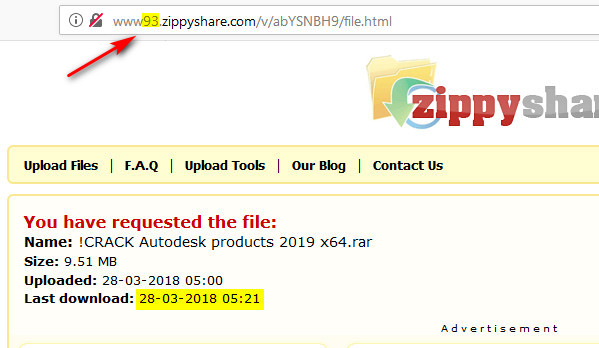

Select Start island or End island to add islands at the start or end of the row.between the two sides on a double row or ‘behind’ a single row. Select Footpath and enter a Width to specify a footpath running along the baseline, i.e. Each row may have islands and / or footpaths.for each side to force a bay numbering sequence. If you want the same bay angles on each side of a double row, select Lock angles.The Parking report can be set to report by zone name. The Zone name merely provides a means to divide a parking area into areas or zones. However, the basic dimensions are often modified by the Bay style, so for example a disabled bay is generally wider than a standard bay. The Vehicle class and Vehicle type determine the basic size of the bay. The vehicle Flow direction in conjunction with the Bay angle determines how close the row can be placed to other rows or obstacles. If a double row is selected, each side may have different properties. The bay alignment and end detail settings define the type of parking and in some cases restrict the bays to single or double row.The Parking Row Properties dialog is displayed. Select Edit Parking Row from the Vehicle Tracking, Parking Layout menu or click the Edit Parking Row button on the Vehicle Tracking Parking Layout toolbar.

If you need to have varying bay styles within a row then you should set the row style to the predominant style on each side and use the bay editing tool to change the style of those that differ. Dual access single rows of bays cannot have a footpath. Twin rows and single rows with single access may optionally have a curb side access footpath. Back to back bays may differ in size, style and angle. Parking rows may comprise back to back bays or a single row of bays accessible from one or both sides.


 0 kommentar(er)
0 kommentar(er)
